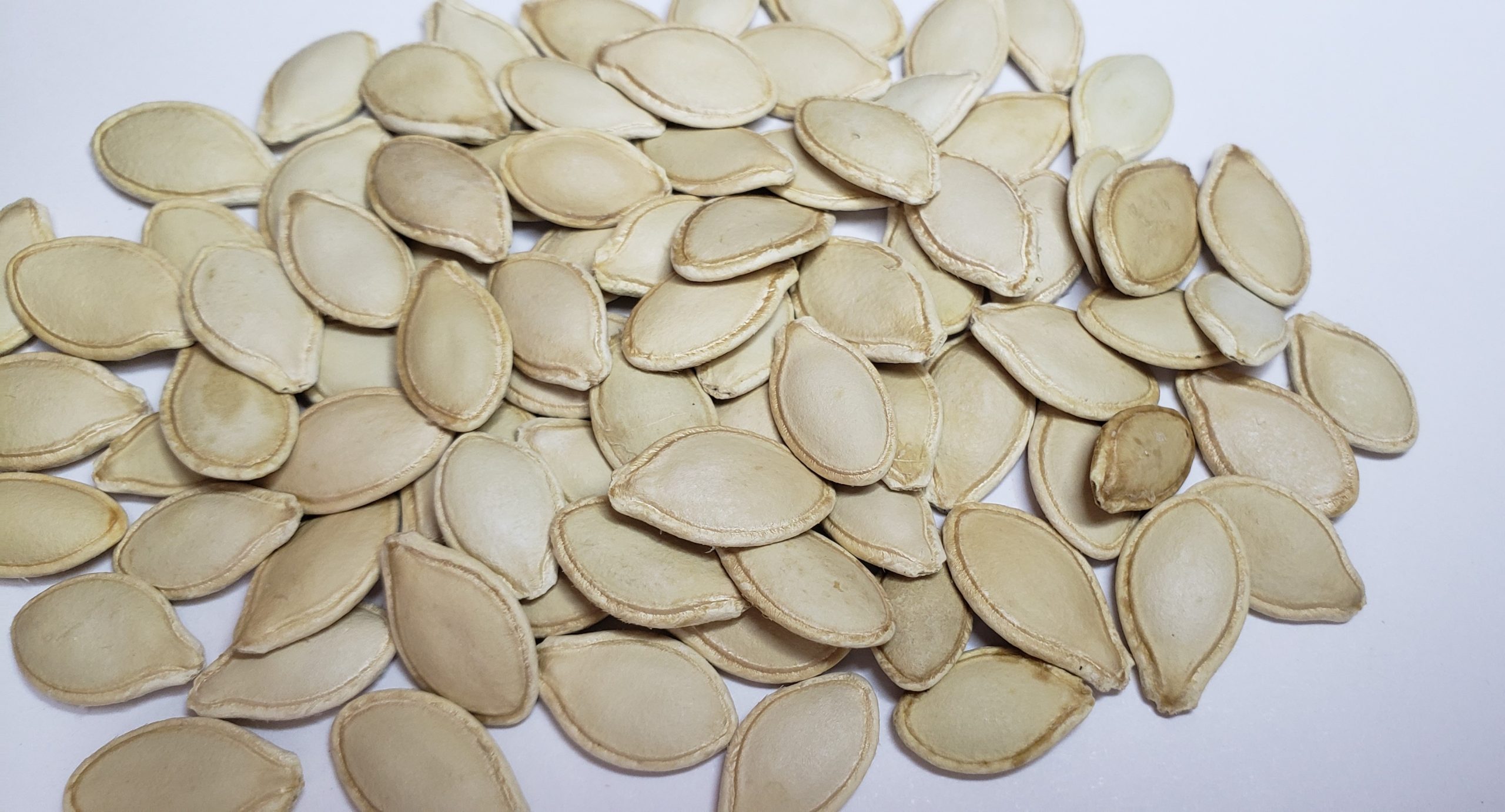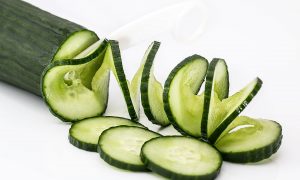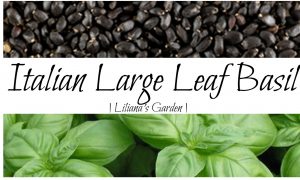Description
Spaghetti squash is a type of winter squash that is known for its unique stringy and spaghetti-like texture when cooked. It is oval-shaped and typically ranges in size from 4 to 8 pounds, with a yellow or orange outer skin. When cooked, the flesh of the spaghetti squash can be scraped with a fork to create long, thin strands that resemble spaghetti noodles. It has a mild, slightly sweet flavor and is often used as a low-carb and gluten-free alternative to traditional pasta dishes. Spaghetti squash can be roasted, boiled, microwaved, or even cooked in a slow cooker, and it pairs well with a variety of sauces, meats, and vegetables.
How To Grow Spaghetti Squash
Here are some general steps for growing spaghetti squash:
- Choose a sunny location: Spaghetti squash needs a lot of sunlight to grow, so choose a location that gets at least 6-8 hours of direct sunlight per day.
- Prepare the soil: The soil should be well-drained and fertile. Add compost or aged manure to the soil to improve its quality and nutrients.
- Plant the seeds: Plant spaghetti squash seeds directly in the soil once all danger of frost has passed and the soil temperature is at least 60°F (16°C). Plant the seeds about 1 inch deep and 4-6 feet apart.
- Water regularly: Keep the soil moist but not waterlogged. Water the plants deeply once or twice a week, depending on the weather conditions.
- Provide support: Spaghetti squash vines can grow up to 10 feet long, so provide support for the vines to climb on, such as trellises, cages, or stakes.
- Fertilize: Apply a balanced fertilizer once or twice during the growing season to promote healthy growth and fruit production.
- Harvest: Spaghetti squash is ready to harvest when the skin is hard and can’t be easily punctured with your thumbnail. Cut the squash from the vine, leaving a few inches of stem attached, and let it cure in a warm, dry place for a week or two before using. If you skip this step, your squash may not be as sweet and flavorful as your would like it to be.
With proper care, spaghetti squash should be ready to harvest 90-110 days after planting.
FAQ for Spaghetti Squash
Q: What is winter spaghetti squash? A: Winter spaghetti squash is a type of winter squash that is known for its unique stringy and spaghetti-like texture when cooked.
Q: How do I choose a good spaghetti squash? A: Look for spaghetti squash that is firm and heavy for its size, with a dull, hard rind. Avoid squash that has soft spots or cracks.
Q: How do I store spaghetti squash? A: Spaghetti squash can be stored in a cool, dry place for up to a month. Once cut, store the squash in the refrigerator for up to five days.
Q: How do I cook spaghetti squash? A: Spaghetti squash can be roasted, boiled, microwaved, or even cooked in a slow cooker. To roast, cut the squash in half lengthwise, remove the seeds, and bake at 375°F (190°C) for 35-45 minutes or until tender. To boil, cut the squash into chunks and boil in salted water for 10-15 minutes or until tender. To microwave, pierce the squash several times with a fork and microwave on high for 10-15 minutes or until tender. Once cooked, scrape the flesh of the squash with a fork to create long, thin strands.
Q: Is spaghetti squash healthy? A: Yes, spaghetti squash is low in calories and high in fiber, vitamins, and minerals. It is also a good source of antioxidants.
Q: Can spaghetti squash be used as a substitute for pasta? A: Yes, spaghetti squash can be used as a low-carb and gluten-free substitute for traditional pasta dishes.
Q: How long does it take for spaghetti squash to grow? A: Spaghetti squash typically takes 80-100 days to grow from seed to harvest.
Q: Can spaghetti squash be frozen? A: Yes, cooked spaghetti squash can be frozen for up to six months. To freeze, scrape the flesh from the squash and let it cool. Pack it into a freezer-safe container and freeze.
Common Spaghetti Squash Pests and Recommended Solutions
Here are some common pests that can affect spaghetti squash and some solutions to prevent or control them:
- Squash bugs: Squash bugs are grayish-brown insects that suck sap from the leaves and stems of the plant, causing wilting and eventually death. They can be controlled by handpicking the bugs and their eggs, or by using insecticidal soap or neem oil.
- Vine borers: Vine borers are white larvae that bore into the stems of the plant, causing wilting and death. They can be prevented by wrapping the base of the plant with aluminum foil or using row covers to protect the plants before the borers emerge.
- Cucumber beetles: Cucumber beetles are yellow-green insects that feed on the leaves and transmit bacterial wilt disease. They can be controlled by handpicking the beetles and using insecticidal soap or neem oil.
- Spider mites: Spider mites are tiny pests that suck sap from the leaves, causing yellowing and stunted growth. They can be controlled by using insecticidal soap or neem oil, or by spraying the plants with a strong stream of water to wash off the mites.
- Aphids: Aphids are small, soft-bodied insects that suck sap from the leaves and transmit viruses. They can be controlled by using insecticidal soap or neem oil, or by spraying the plants with a strong stream of water to wash off the aphids.
- Cutworms: Cutworms are brown caterpillars that feed on the stems of young plants, causing them to wilt and die. They can be prevented by using cardboard collars around the base of the plant or by applying beneficial nematodes to the soil.
It’s important to monitor your spaghetti squash plants regularly and take action as soon as you notice any signs of pest damage. Always follow the instructions on any insecticides or treatments you use to ensure safe and effective control of pests.





Reviews
There are no reviews yet.